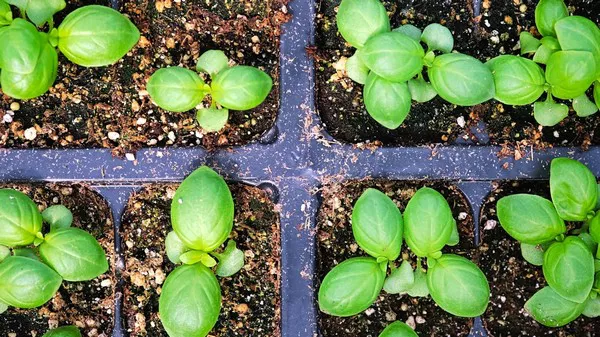In the realm of food safety and hygiene, dealing with pests is an ongoing challenge that the food industry and households face. Pests can jeopardize the quality and safety of our food, leading to potential health risks and economic losses. In this comprehensive exploration, we will delve into the world of food pests, shedding light on the two most common culprits that compromise the integrity of our food supply. Understanding these pests is crucial for implementing effective prevention and control measures, ensuring the safety of the food we consume.
The First Culprit: Rodents
One of the most prevalent and problematic food pests is rodents. Rats and mice are notorious for infiltrating food storage areas, restaurants, and even households, posing a significant threat to the safety of our food supply. These pests are highly adaptable and can thrive in various environments, making them a persistent challenge for pest control professionals and homeowners alike.
Rodents are attracted to food sources such as grains, cereals, and improperly stored food items. Their sharp incisors allow them to gnaw through packaging, contaminating the contents and leaving behind droppings, urine, and hair. Not only do these pests compromise the quality of food, but they also introduce harmful bacteria and pathogens, posing a direct risk to human health.
Preventing rodent infestations involves implementing stringent sanitation practices. Regularly inspecting and cleaning storage areas, sealing any potential entry points, and using traps and bait stations are essential steps in rodent control. Additionally, maintaining a clutter-free environment and promptly addressing any signs of rodent activity can help mitigate the risk of infestation.
See Also: How to get rid of white pests on plant?
The Second Culprit: Insects
Insects are another category of pests that can wreak havoc on our food supply. Among the most common food pests are beetles and weevils. These tiny intruders can infiltrate stored grains, flour, cereals, and a variety of dry food products, causing contamination and rendering the food unfit for consumption.
Beetles, including the flour beetle and the saw-toothed grain beetle, are known for their ability to infest stored food products. They can easily penetrate packaging and reproduce rapidly, leading to a widespread infestation if not promptly addressed. Weevils, characterized by their elongated snouts, are particularly attracted to grains and legumes, where they lay eggs and develop into larvae, further compromising the integrity of the food.
To combat beetle and weevil infestations, it is crucial to implement preventive measures such as proper storage practices. Sealing food items in airtight containers, regularly rotating stock to ensure older products are used first, and maintaining a clean and dry storage environment are essential steps in preventing these pests from gaining a foothold. Regular inspection of stored food items for signs of infestation, such as holes, webbing, or strange odors, is also key to early detection.
Integrated Pest Management (IPM) Strategies
Effective pest control involves adopting Integrated Pest Management (IPM) strategies, which focus on a combination of preventive measures, monitoring, and targeted interventions. In the case of rodent pests, sealing entry points, eliminating food sources, and implementing traps and bait stations are critical components of an IPM approach. For insect pests, the emphasis is on maintaining proper hygiene, utilizing traps, and employing insecticides when necessary.
It’s important to note that chemical interventions should be used judiciously and in accordance with regulations to minimize the risk of contamination of food products. Regular monitoring and documentation of pest activity, as well as employee training on proper hygiene and pest prevention practices, are integral aspects of a comprehensive IPM program.
The Role of Environmental Factors
Understanding the environmental factors that contribute to pest infestations is essential for developing effective control strategies. Temperature, humidity, and cleanliness all play significant roles in creating conditions that are conducive to pest proliferation.
For rodent pests, eliminating access to food, water, and shelter is crucial. Regularly cleaning food storage areas, removing food debris, and fixing any leaks or standing water sources can help create an inhospitable environment for rodents. Additionally, maintaining a well-lit and well-ventilated space can deter these nocturnal pests.
In the case of insect pests, proper sanitation is key. Cleaning storage areas regularly, promptly disposing of expired products, and ensuring proper waste management all contribute to reducing the attractiveness of an environment for insects. Monitoring and controlling humidity levels, especially in areas where dry food products are stored, can further deter insect infestations.
Conclusion
In the complex landscape of food safety and hygiene, addressing the challenges posed by pests is paramount. Rodents and insects, as the two most common food pests, demand vigilant attention and proactive measures to safeguard our food supply. By adopting Integrated Pest Management strategies, understanding environmental factors, and implementing stringent preventive practices, we can mitigate the risks associated with these pests.
The responsibility for pest control extends beyond the food industry to households, where proper food storage, cleanliness, and vigilance are essential. As we navigate the delicate balance of providing a safe and nutritious food supply, knowledge about these common pests empowers us to take decisive actions in protecting our food and, ultimately, our well-being.


